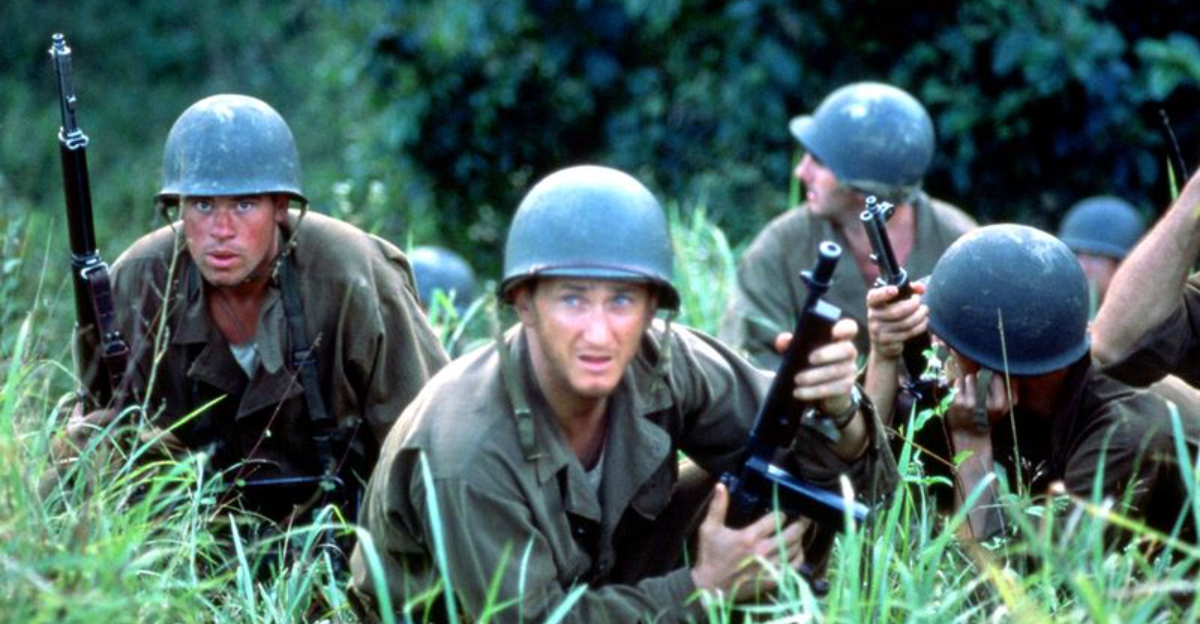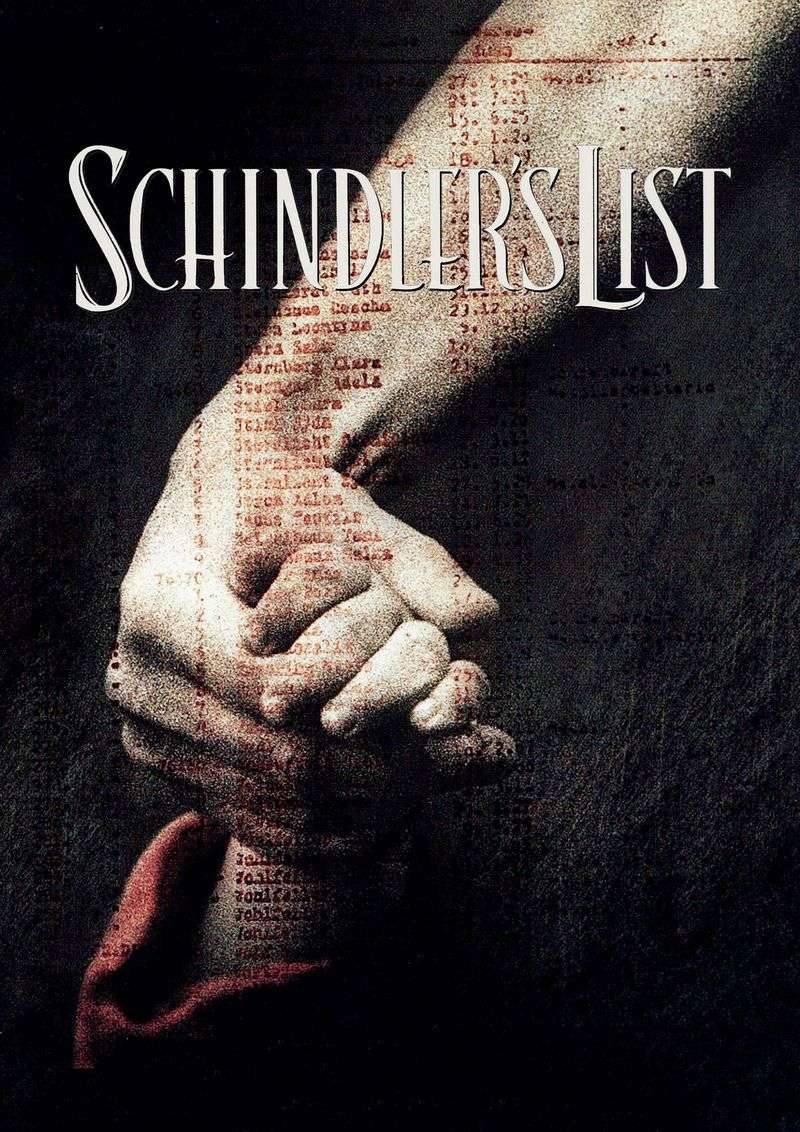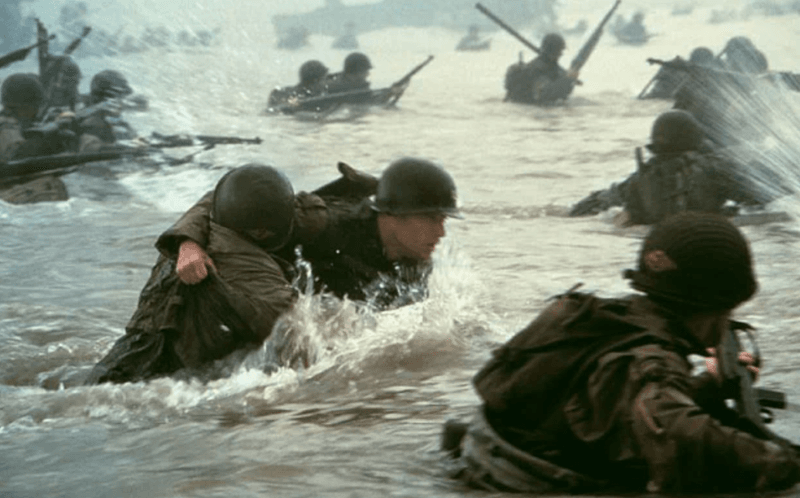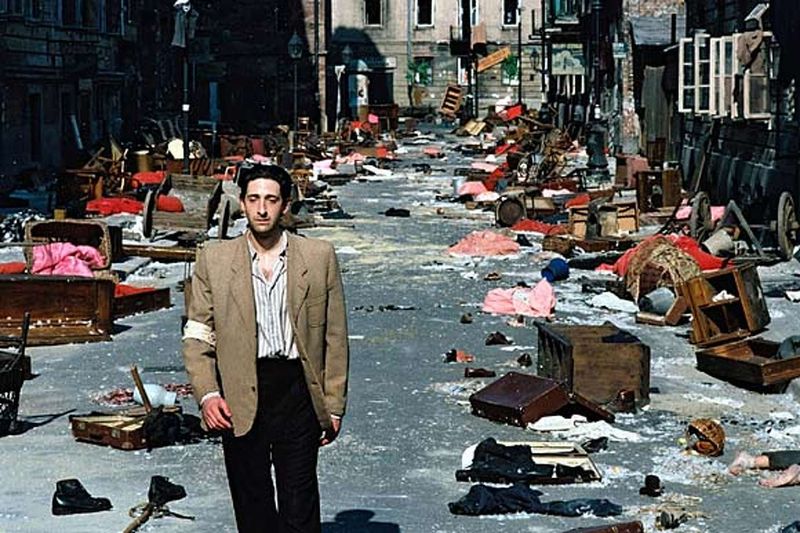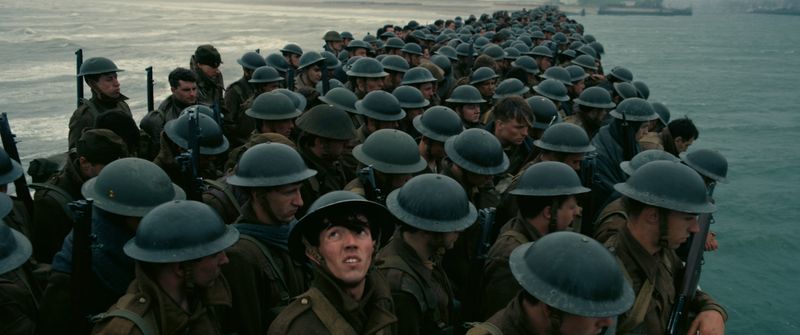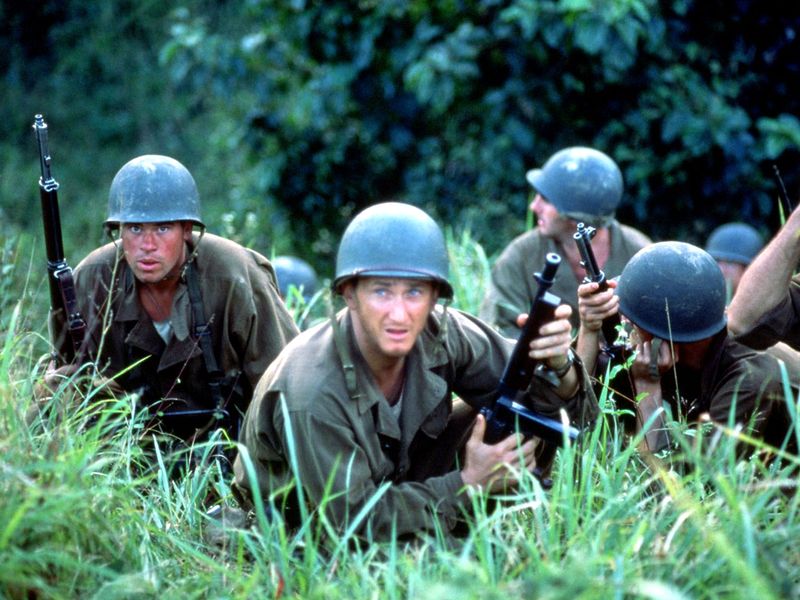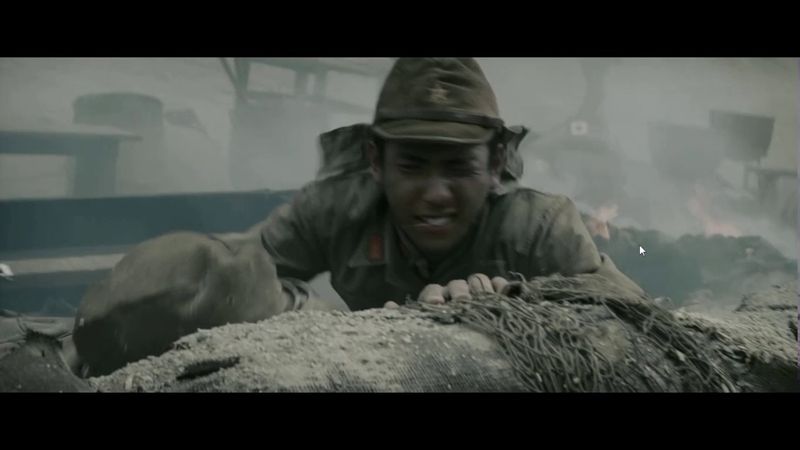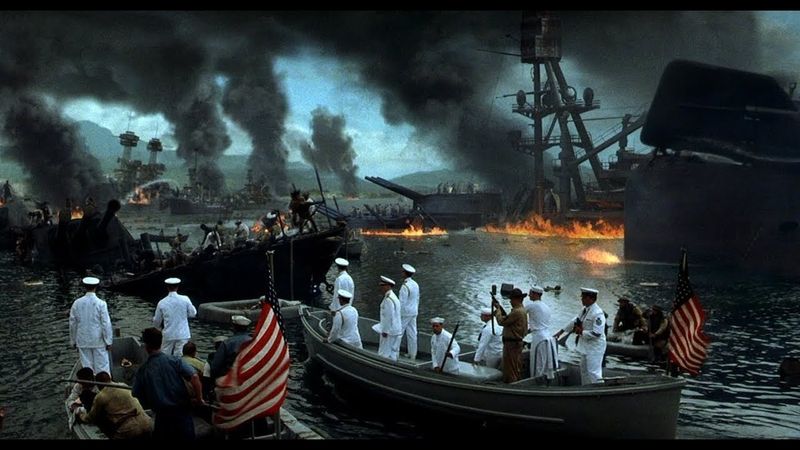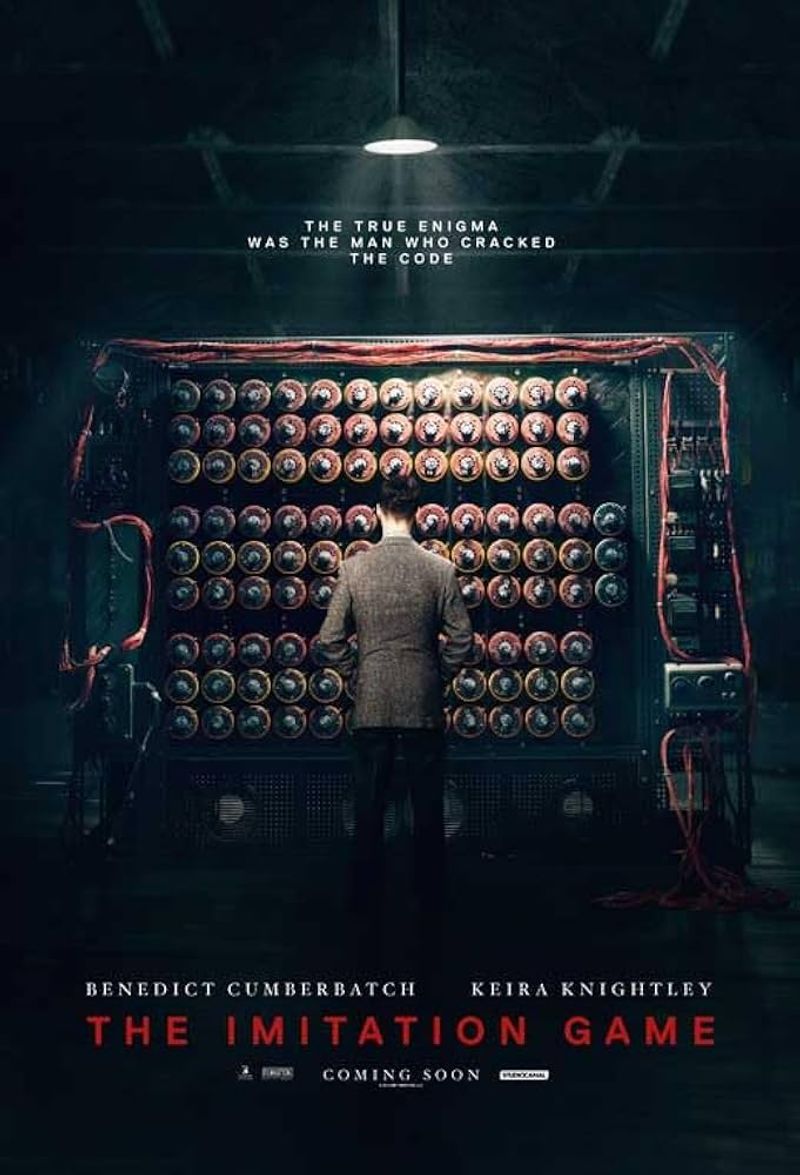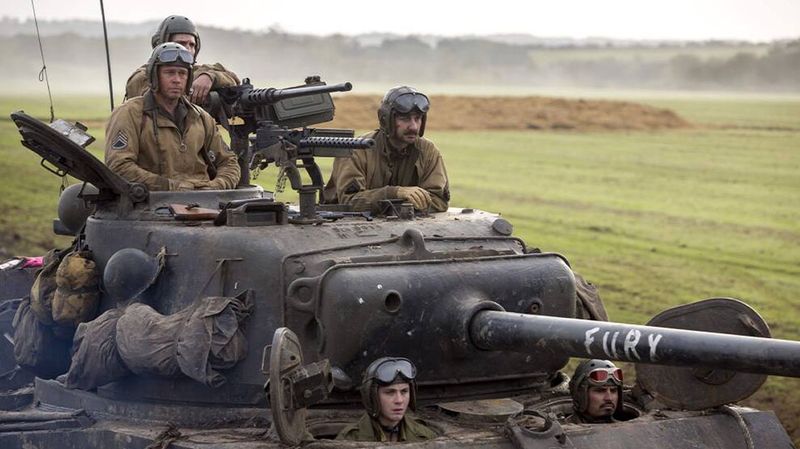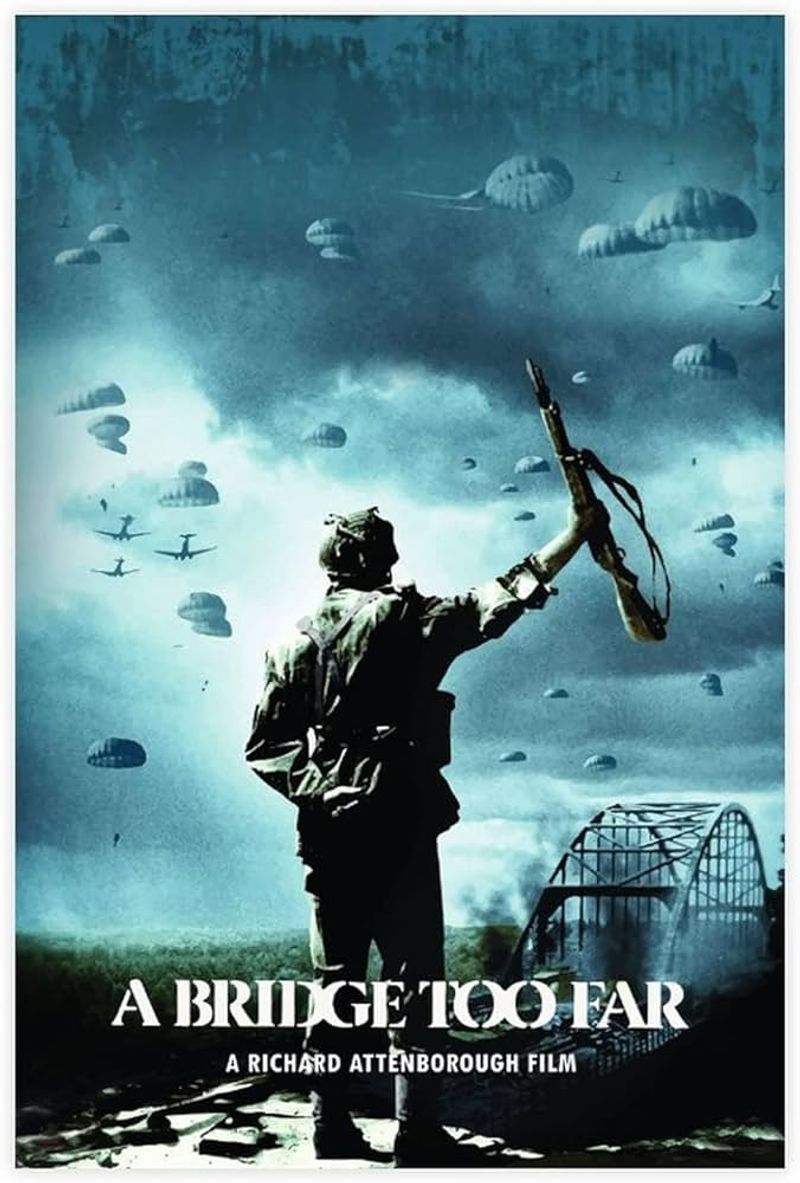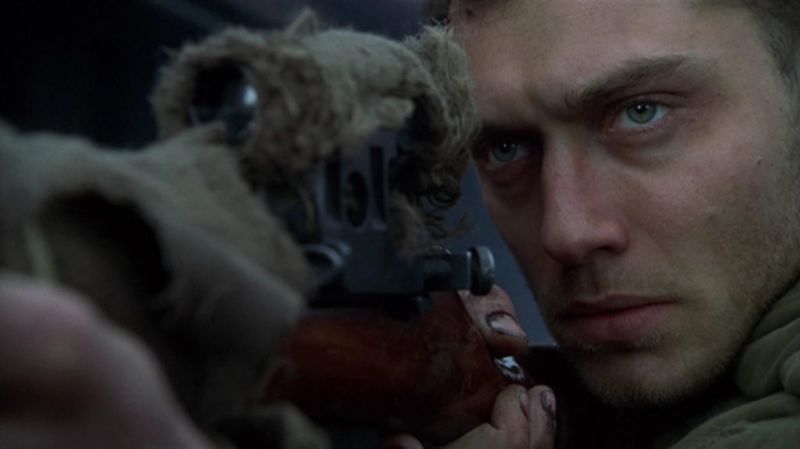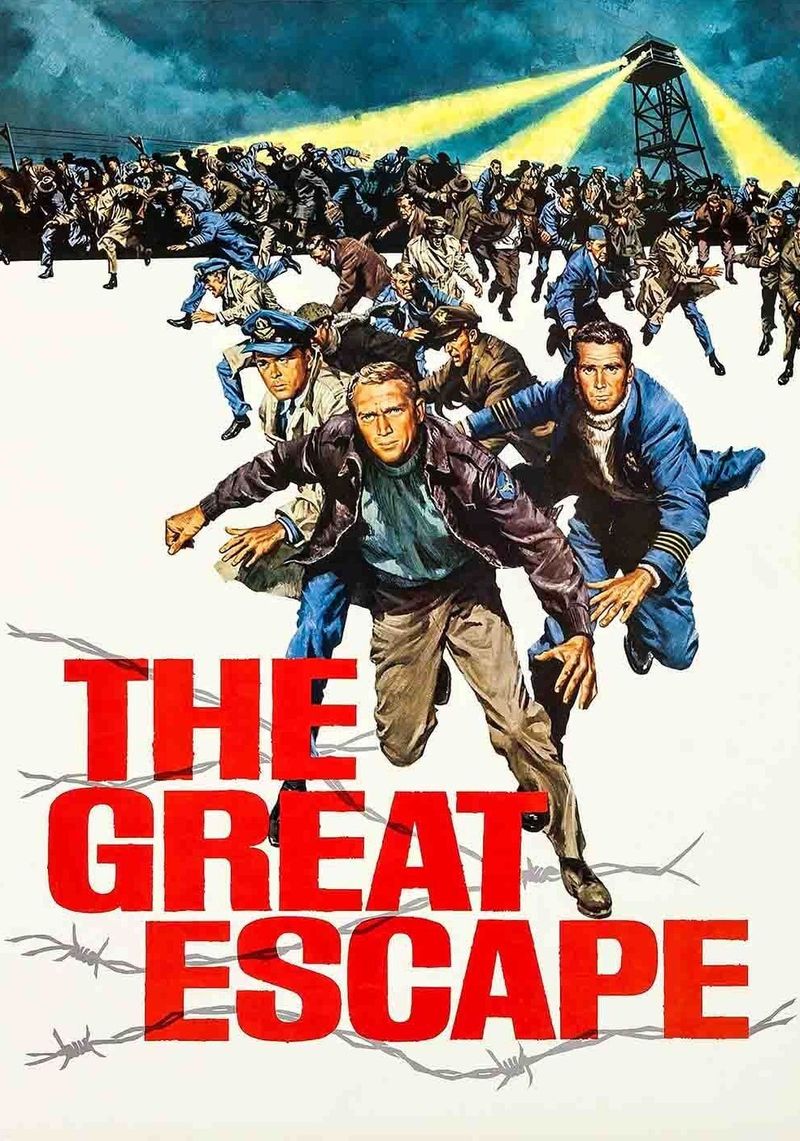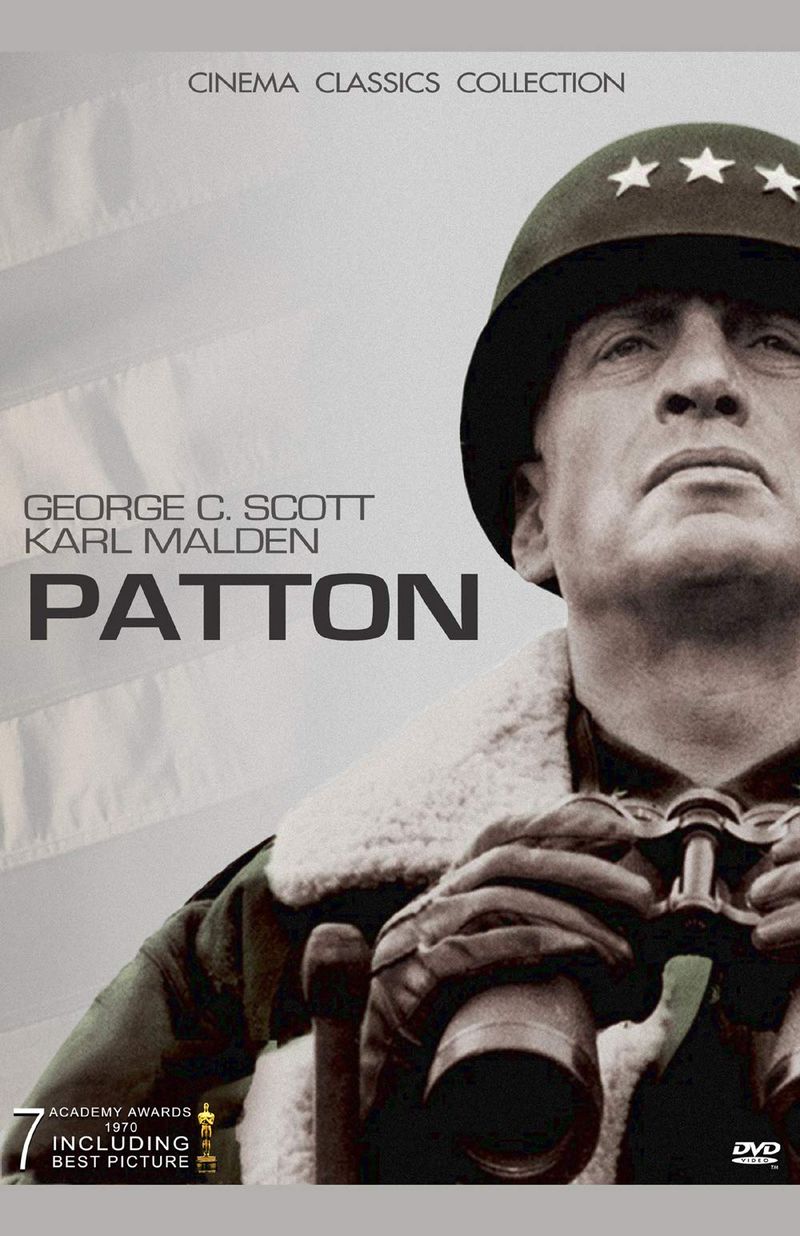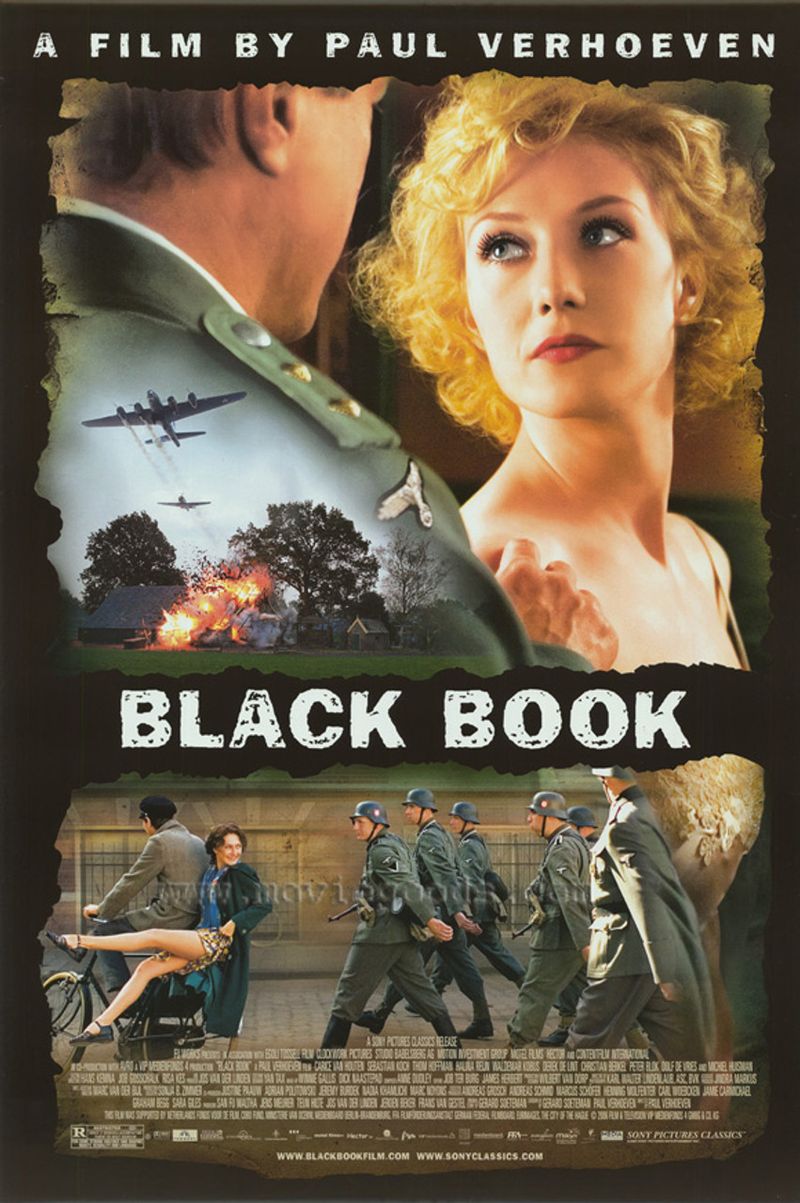World War II has been a source of inspiration for numerous film makers, resulting in a myriad of films that explore the different facets of the war. These films not only entertain but also educate audiences about the complex events that unfolded during this turbulent time. Here’s a look at 15 powerful World War II films and the real-life events that inspired them.
Schindler’s List
Oskar Schindler, a German businessman, saved over a thousand Polish Jews by employing them in his factories. His story, immortalized in Steven Spielberg’s “Schindler’s List,” highlights a poignant tale of heroism amidst horror.
Schindler’s transformation from profit-driven industrialist to compassionate savior creates a compelling narrative. The film captures the grim reality of the Holocaust while offering a glimmer of hope through Schindler’s courageous actions.
The movie is both heart-wrenching and inspiring, shedding light on the atrocities committed, yet celebrating human kindness in its darkest hour.
Saving Private Ryan
Landing on Omaha Beach during D-Day, Captain John H. Miller leads his men on a mission to find and bring home Private James Ryan. Steven Spielberg’s “Saving Private Ryan” is revered for its realistic portrayal of WWII combat.
The film’s opening scene, depicting the brutal realities of the Normandy landings, is both harrowing and visceral. This vivid representation offers an unsanitized look at warfare, focusing on the individual’s sacrifice and camaraderie.
The narrative, though fictional, is deeply rooted in historical events, emphasizing the chaos and courage that marked this pivotal operation.
The Pianist
Władysław Szpilman’s incredible survival story is brought to life in Roman Polanski’s “The Pianist.” As a Polish-Jewish musician, Szpilman navigates the perils of occupied Warsaw, surviving through chance encounters and sheer will.
His passion for music becomes a lifeline, a silent rebellion against the tyranny surrounding him. The film masterfully captures Szpilman’s isolation, desperation, and resilience.
Polanski’s direction draws from personal experiences, adding authenticity to this haunting narrative, highlighting both the oppression and the occasional kindness found amidst devastation.
Dunkirk
Christopher Nolan’s “Dunkirk” vividly recounts the miraculous evacuation of Allied soldiers from the beaches of Dunkirk, France, in 1940. With a focus on individual perspectives, the film captures the suspense and urgency of Operation Dynamo.
Utilizing a non-linear narrative, Nolan immerses viewers in the harrowing experience, from sea, land, and air. The film’s minimal dialogue and intense visuals underscore the tension and stakes.
“Dunkirk” celebrates the resilience and solidarity of the trapped soldiers, highlighting their determination to survive against overwhelming odds.
The Thin Red Line
Terrence Malick’s “The Thin Red Line” offers a philosophical exploration of the Battle of Guadalcanal in the Pacific Theater. The film juxtaposes the brutality of war with the serene beauty of nature.
Through the eyes of diverse soldiers, it delves into inner conflicts and existential musings. The narrative’s reflective tone sets it apart from conventional war films.
This contemplative piece challenges viewers to ponder the nature of conflict and humanity’s place within it, making it a thought-provoking addition to WWII cinema.
Letters from Iwo Jima
Clint Eastwood’s “Letters from Iwo Jima” presents the Battle of Iwo Jima from the Japanese perspective. General Tadamichi Kuribayashi leads his troops in a valiant, albeit doomed, defense against American forces.
The film humanizes the Japanese soldiers, portraying their courage and honor amidst despair. Personal letters serve as a narrative device, revealing their hopes, fears, and sacrifices.
This poignant film offers a balanced view of the conflict, emphasizing shared humanity over nationalistic fervor, and provides a unique perspective on a pivotal WWII battle.
Pearl Harbor
“Pearl Harbor,” directed by Michael Bay, dramatizes the surprise attack on the American naval base in Hawaii in 1941. The film intertwines a love story with the chaos of war, highlighting personal and collective loss.
Though criticized for historical inaccuracies, it succeeds in depicting the scale and impact of the attack. The special effects bring to life the devastation and heroism witnessed that fateful day.
This cinematic spectacle serves as a tribute to the bravery of those who endured and responded to one of history’s pivotal moments.
The Imitation Game
Alan Turing’s groundbreaking work in code-breaking is the focus of “The Imitation Game.” His efforts to decipher the Enigma code played a crucial role in Allied success.
The film chronicles Turing’s brilliance, eccentricity, and the prejudice he faced due to his homosexuality. Benedict Cumberbatch’s portrayal brings depth to this unsung hero, whose contributions were pivotal yet uncelebrated during his lifetime.
It underscores the intersection of genius and tragedy, highlighting the societal challenges Turing faced despite his monumental achievements.
Fury
“Fury,” directed by David Ayer, follows a tank crew led by Sergeant Wardaddy during the final days of WWII in Europe. The film showcases the brutal reality of armored warfare.
Wardaddy’s leadership and the crew’s camaraderie are central themes, providing a glimpse into the relentless and gritty nature of tank battles.
The film’s intense action sequences capture the chaos and moral dilemmas faced by soldiers as they encounter a desperate enemy fighting to the bitter end.
A Bridge Too Far
“A Bridge Too Far,” directed by Richard Attenborough, depicts the ambitious yet ultimately flawed Operation Market Garden. The film follows the joint British and American effort to capture key bridges in the Netherlands.
Despite meticulous planning, the operation faces numerous setbacks, highlighting the unpredictability of war. The ensemble cast brings to life the determination and resilience of those involved.
This epic portrayal of a lesser-known operation underscores the complexities and challenges of wartime strategy.
Enemy at the Gates
“Enemy at the Gates” centers on the infamous sniper duel during the Battle of Stalingrad. Soviet sniper Vasily Zaytsev becomes a symbol of resistance against the German invasion.
The film highlights the psychological warfare and cat-and-mouse tactics employed by both sides. Zaytsev’s prowess and resilience inspire his comrades amidst the city’s ruins.
This gripping narrative emphasizes the individual heroism and strategic cunning that characterized this brutal and pivotal battle in the Eastern Front.
The Great Escape
“The Great Escape,” directed by John Sturges, recounts the daring escape of Allied POWs from a German camp. The film blends tension and humor, showcasing the ingenuity and determination of the prisoners.
Based on true events, it captures the meticulous planning and camaraderie among the inmates as they execute their audacious plan. The ensemble cast delivers memorable performances.
This classic film remains a testament to resilience and the unyielding desire for freedom, set against the backdrop of wartime adversity.
Patton
“Patton,” directed by Franklin J. Schaffner, chronicles the life of the flamboyant and controversial General George S. Patton. The film explores his leadership during pivotal battles in North Africa and Europe.
George C. Scott’s portrayal captures Patton’s charisma, strategic brilliance, and contentious personality. The film delves into his successes and the challenges he faced from both enemies and allies.
Patton’s dynamic character and uncompromising nature are brought to life, offering a complex portrait of one of WWII’s most intriguing figures.
Flags of Our Fathers
Clint Eastwood’s “Flags of Our Fathers” examines the story behind the iconic photograph of American soldiers raising the flag on Iwo Jima. The film explores the impact of this image on the soldiers and the nation.
It delves into their personal struggles and the pressure to serve as symbols of heroism. The narrative addresses themes of valor, sacrifice, and the often-overlooked personal cost of war.
This poignant film reflects on how images can shape public perception and the complex reality behind celebrated moments.
Black Book
Paul Verhoeven’s “Black Book” follows a young Jewish singer who becomes a spy for the Dutch resistance. Her courage and resourcefulness are central to the thrilling narrative.
Set against the backdrop of Nazi-occupied Netherlands, the film weaves intrigue, betrayal, and survival. The protagonist’s dual identity creates tension, driving the plot’s suspense.
This gripping tale of espionage and resilience offers a unique perspective on resistance efforts, highlighting the role of women in the fight against tyranny.
